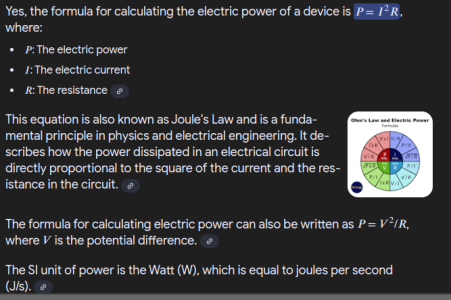Possible only when there are honest companies providing and governing public bodies overseeing essential utilities here which seems a distant possibility.So, apart from installing safeguards in our homes we are giving up on demanding reliable and clean supply from the provider?
I still hope the system can and will improve. It’s just that they have never been challenged to do better. The salaried bureaucrats wait for elected politicians to order and resource necessary changes.
Maybe it’s not a priority for some consumers, but if a large enough group requests….we have after all witnessed the effectiveness of mobs in other aspects of life over the past two decades. For elected politicians to act, It’s all down to voter numbers demanding this.
Till then we have to live with whatever substandard stuff is dished out.
It is an irony that after decades of development, the basics are not in place.
For most the basics are more important than sending men on the moon or probes on mars which is secondary.


